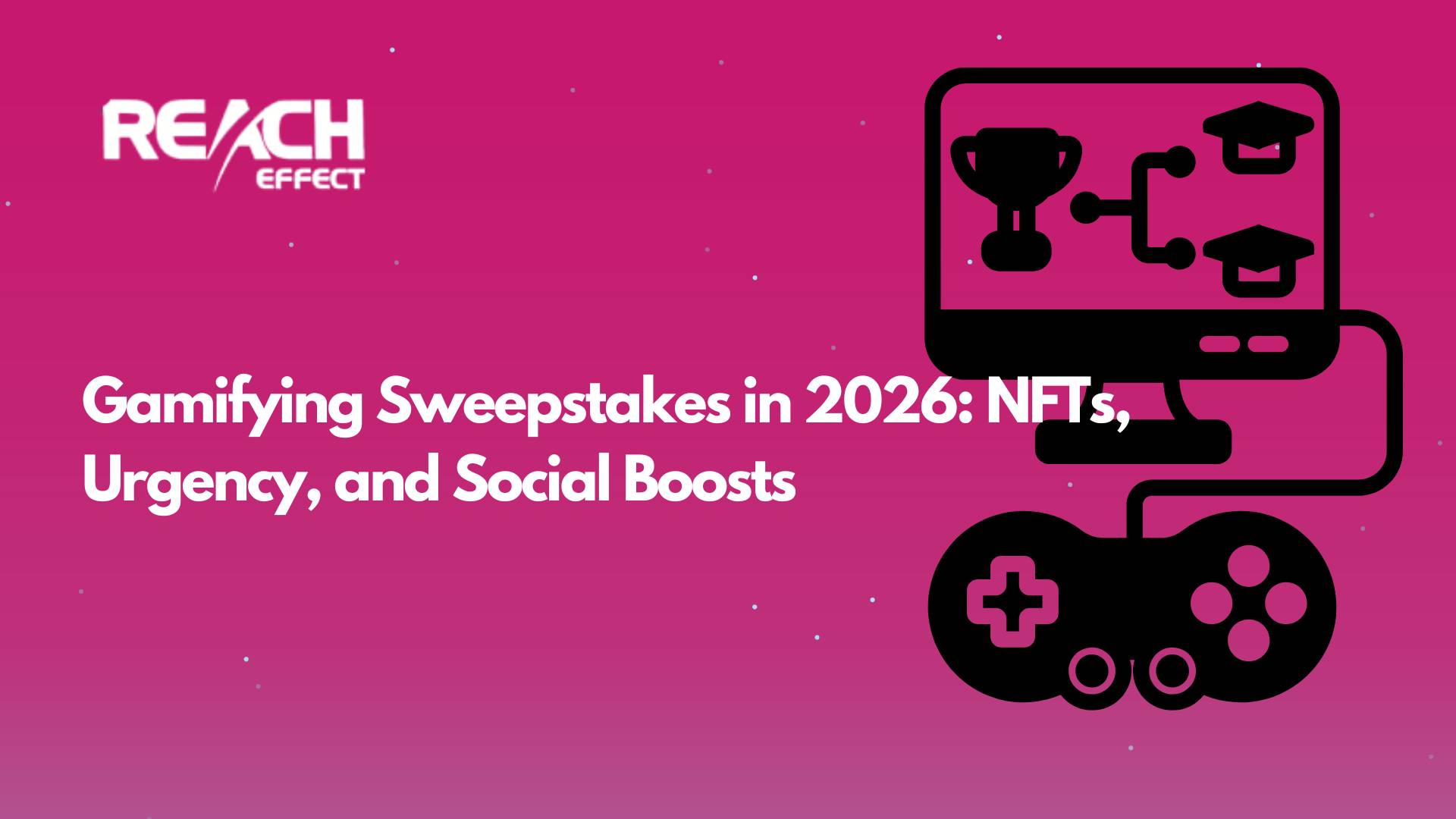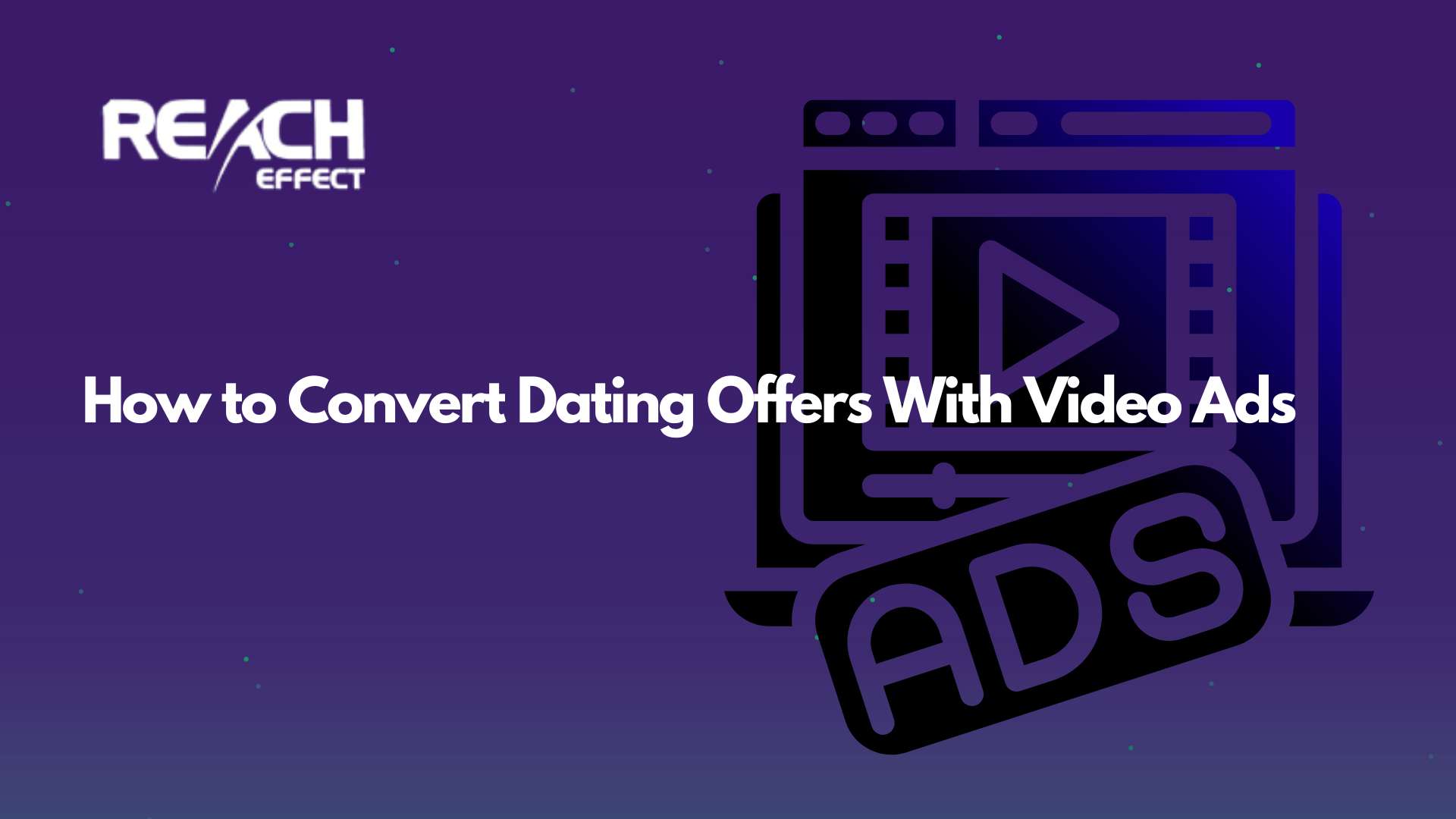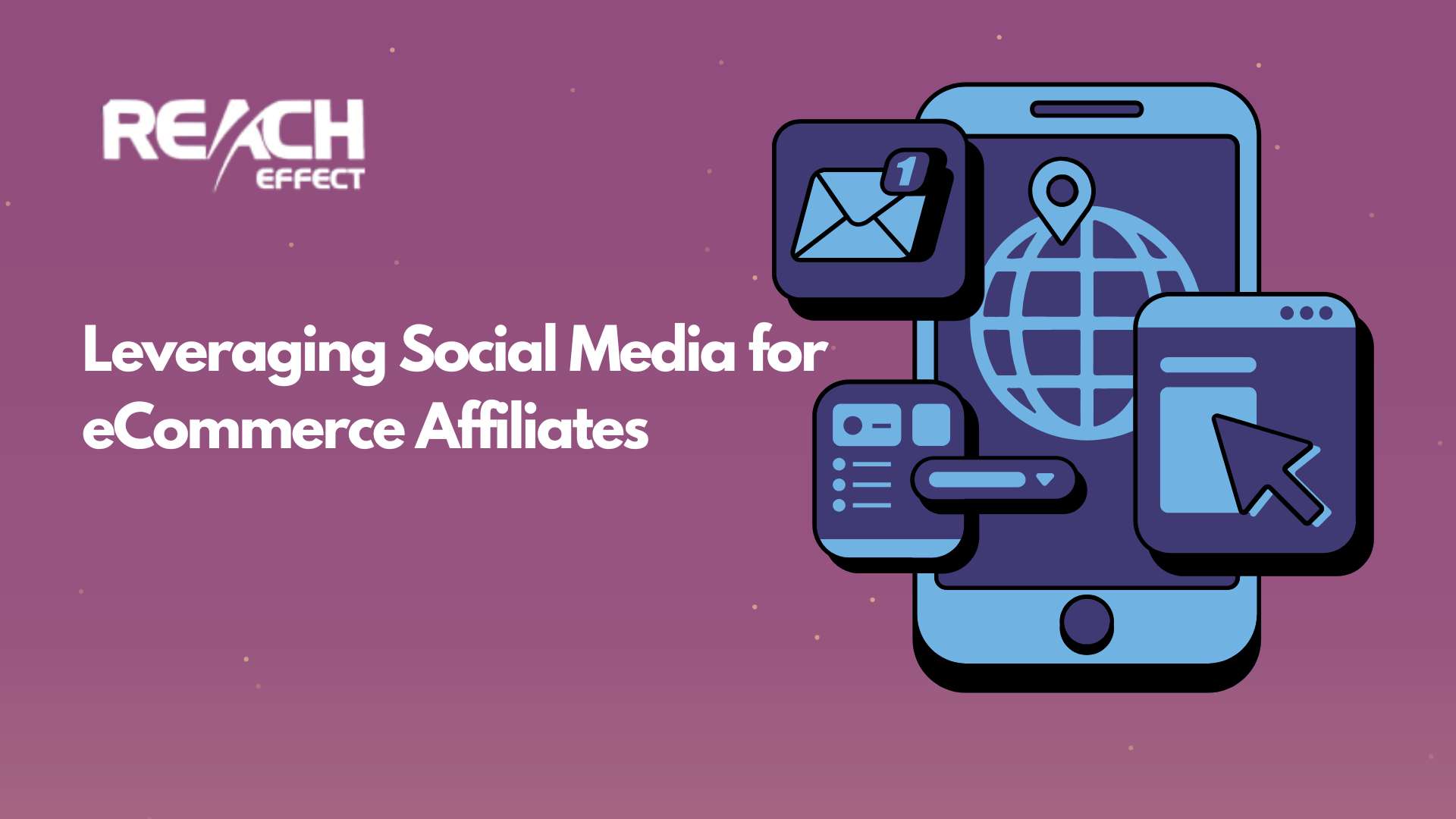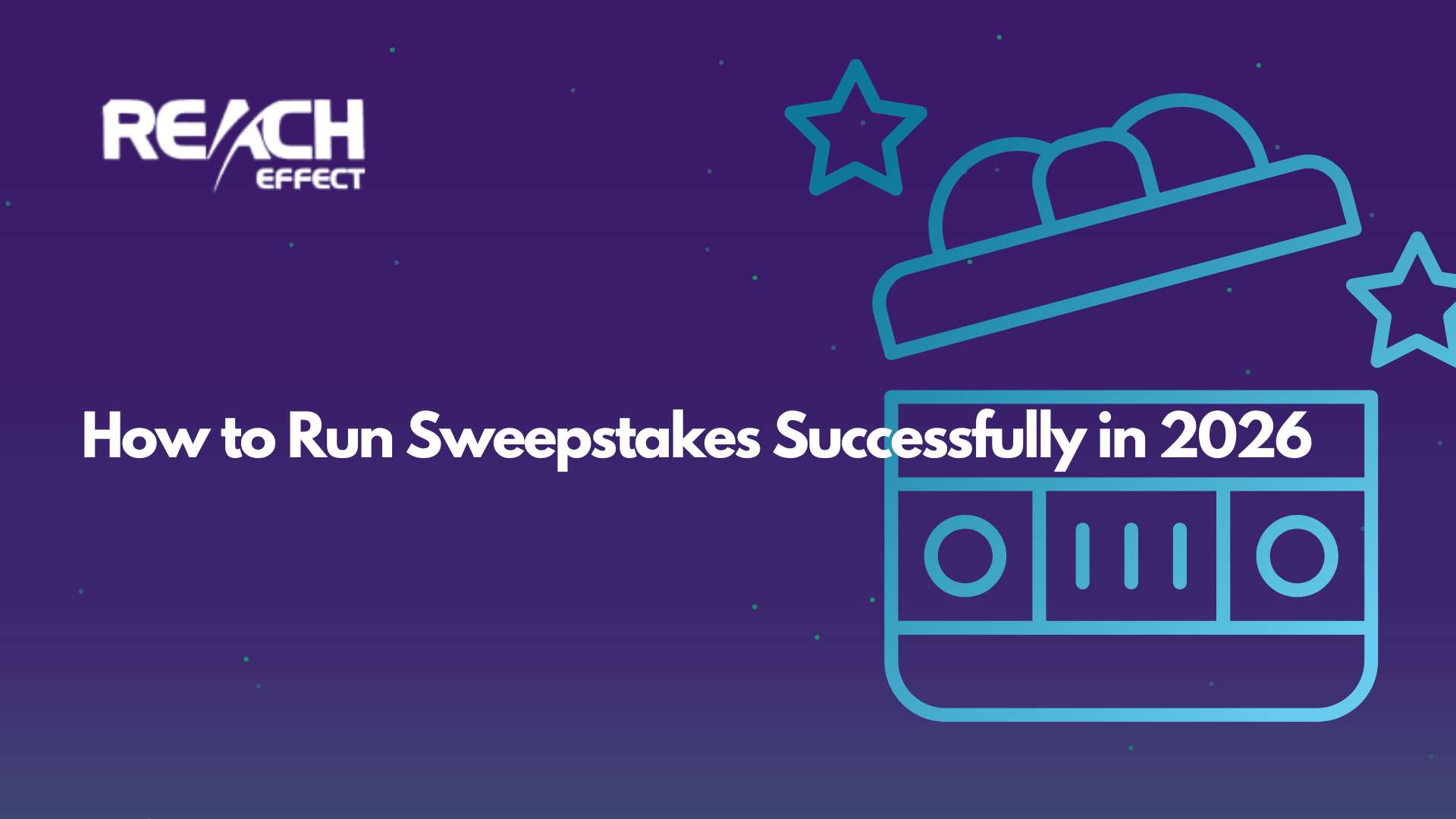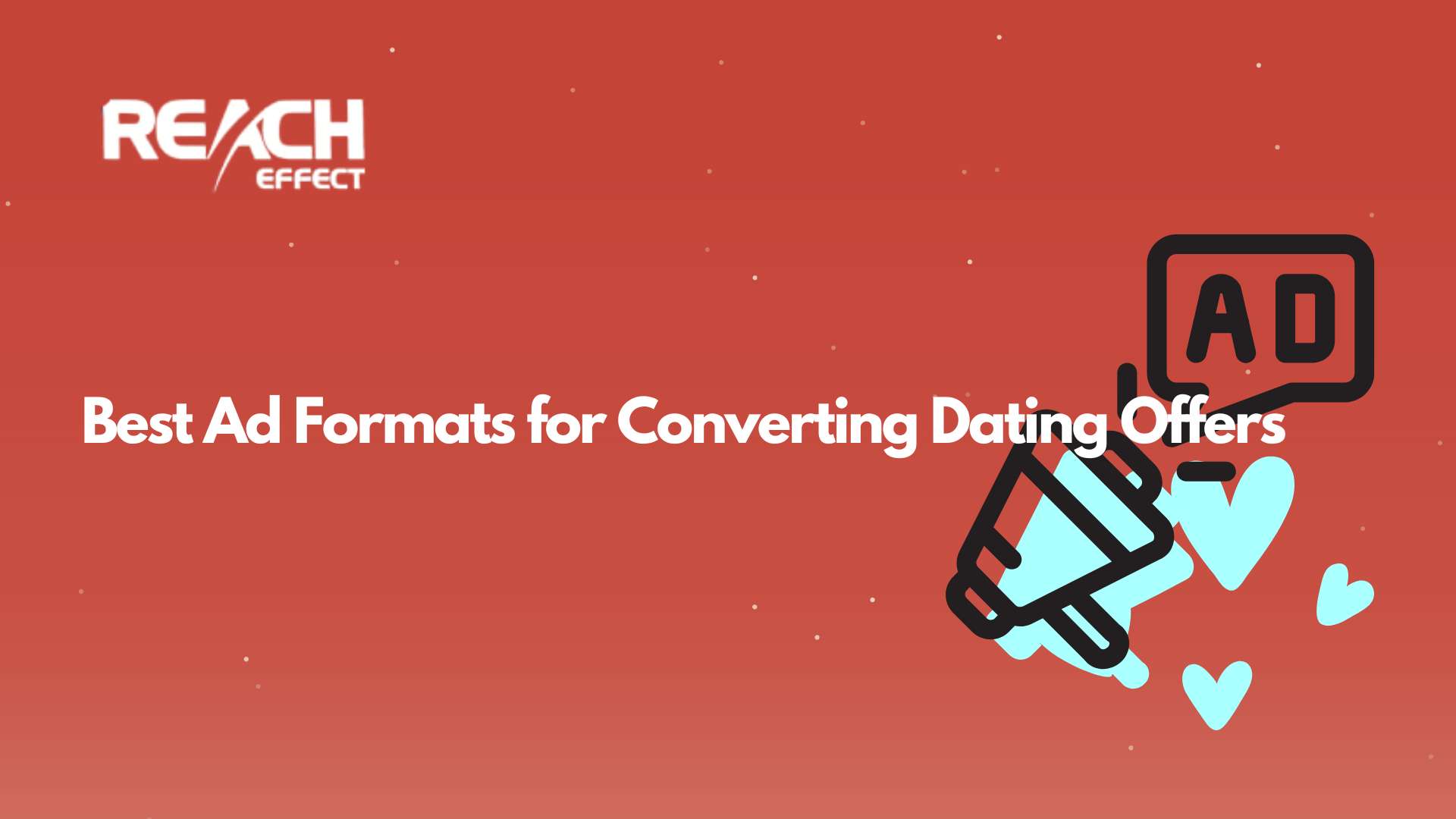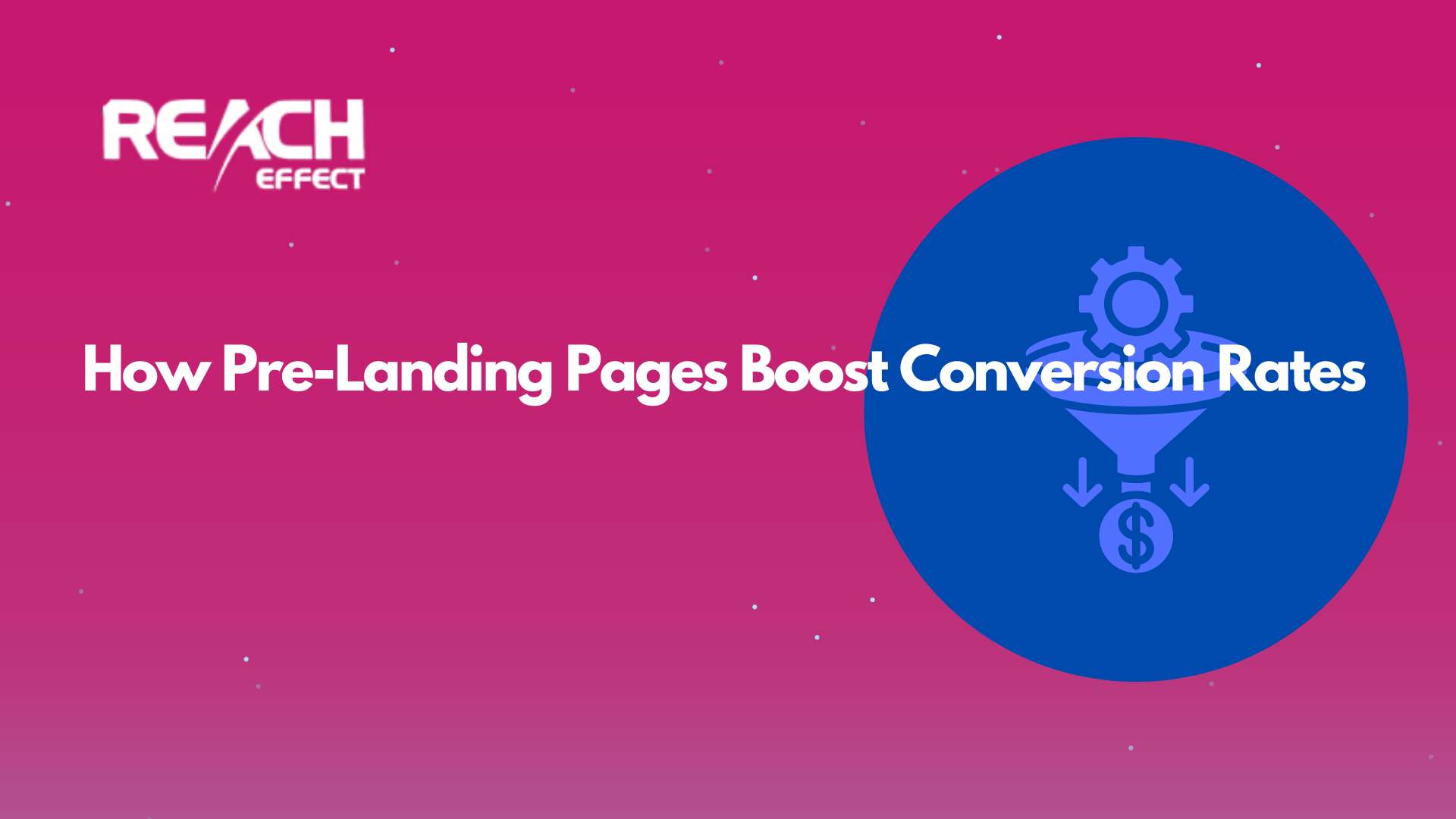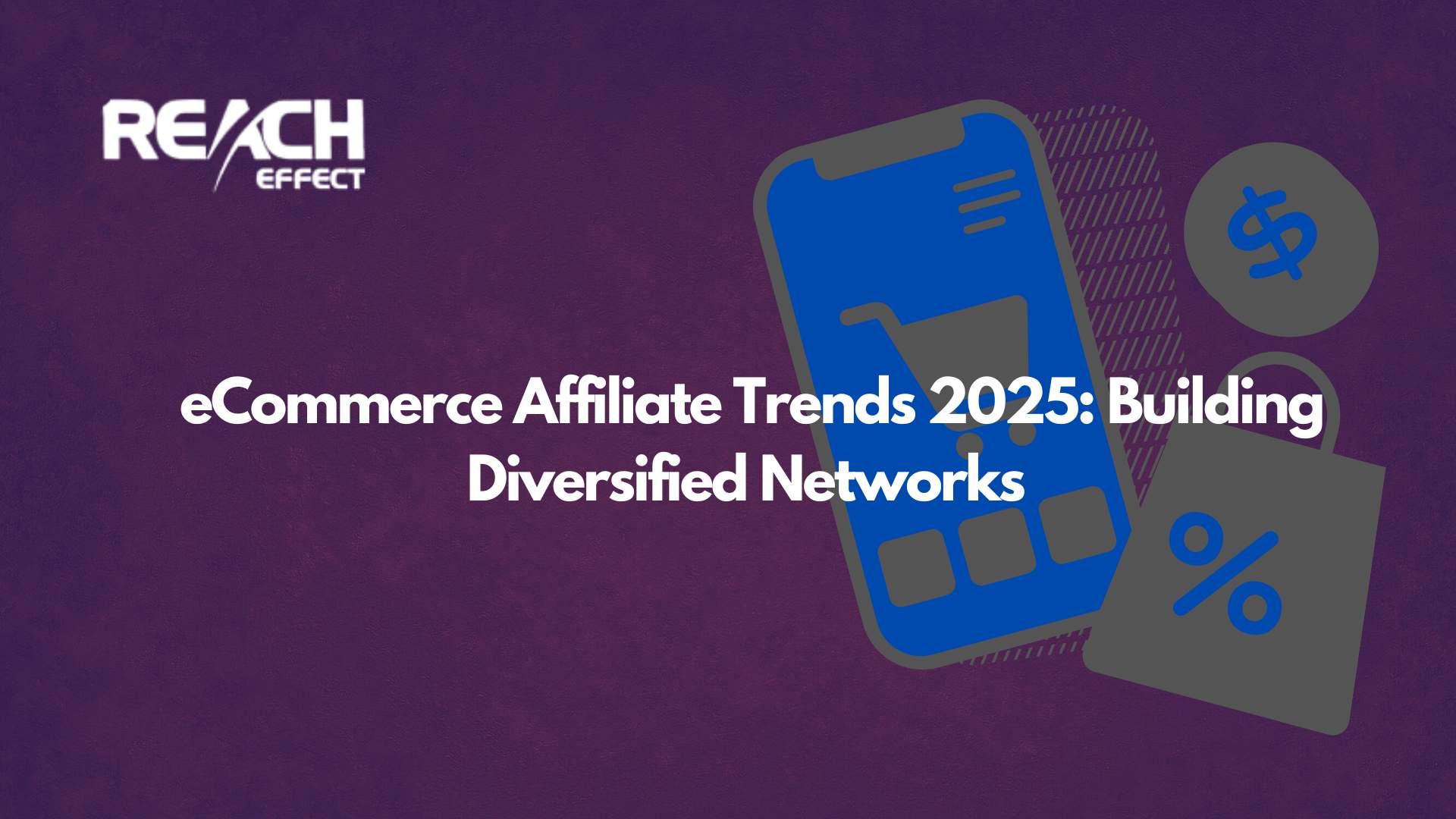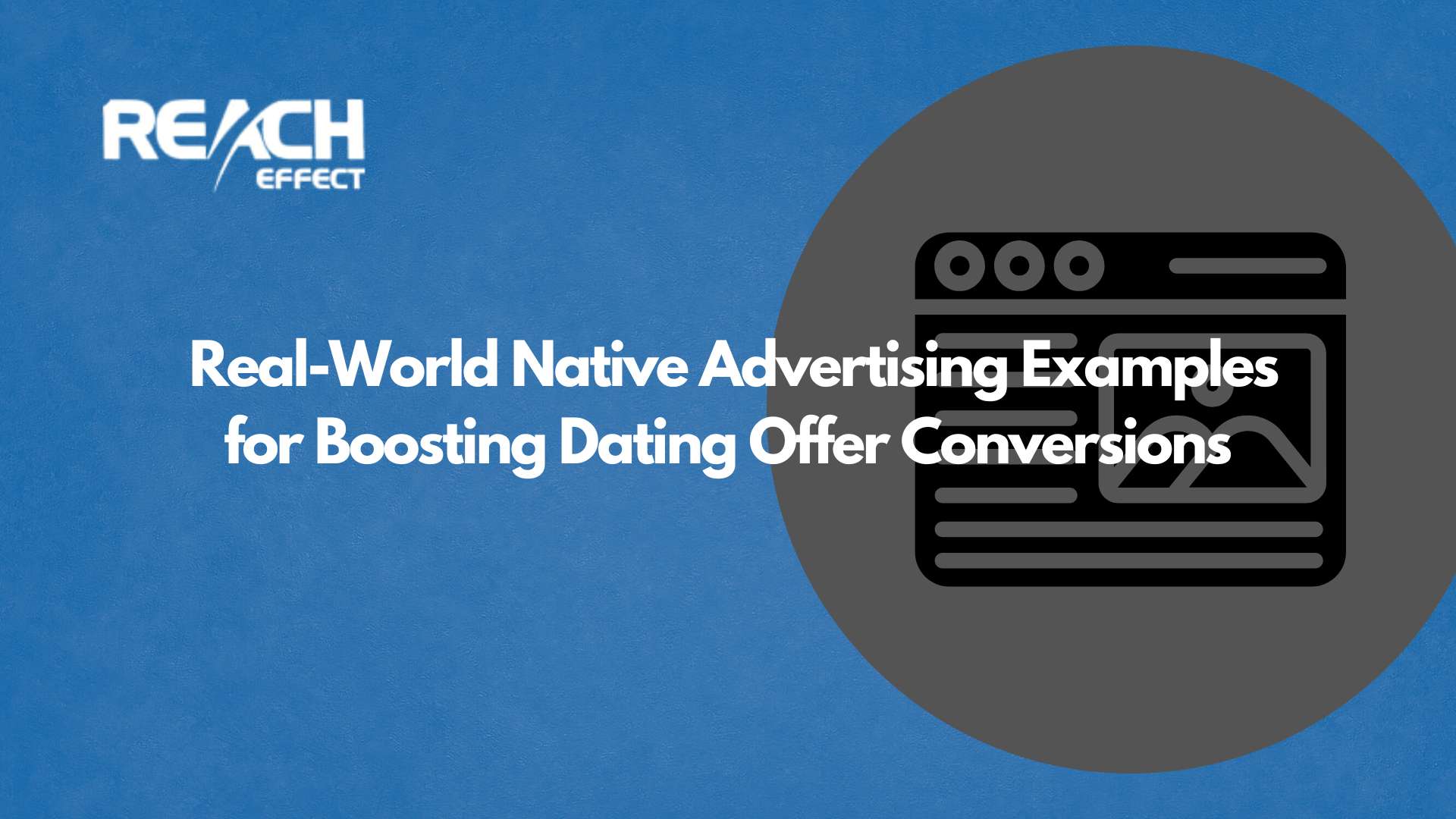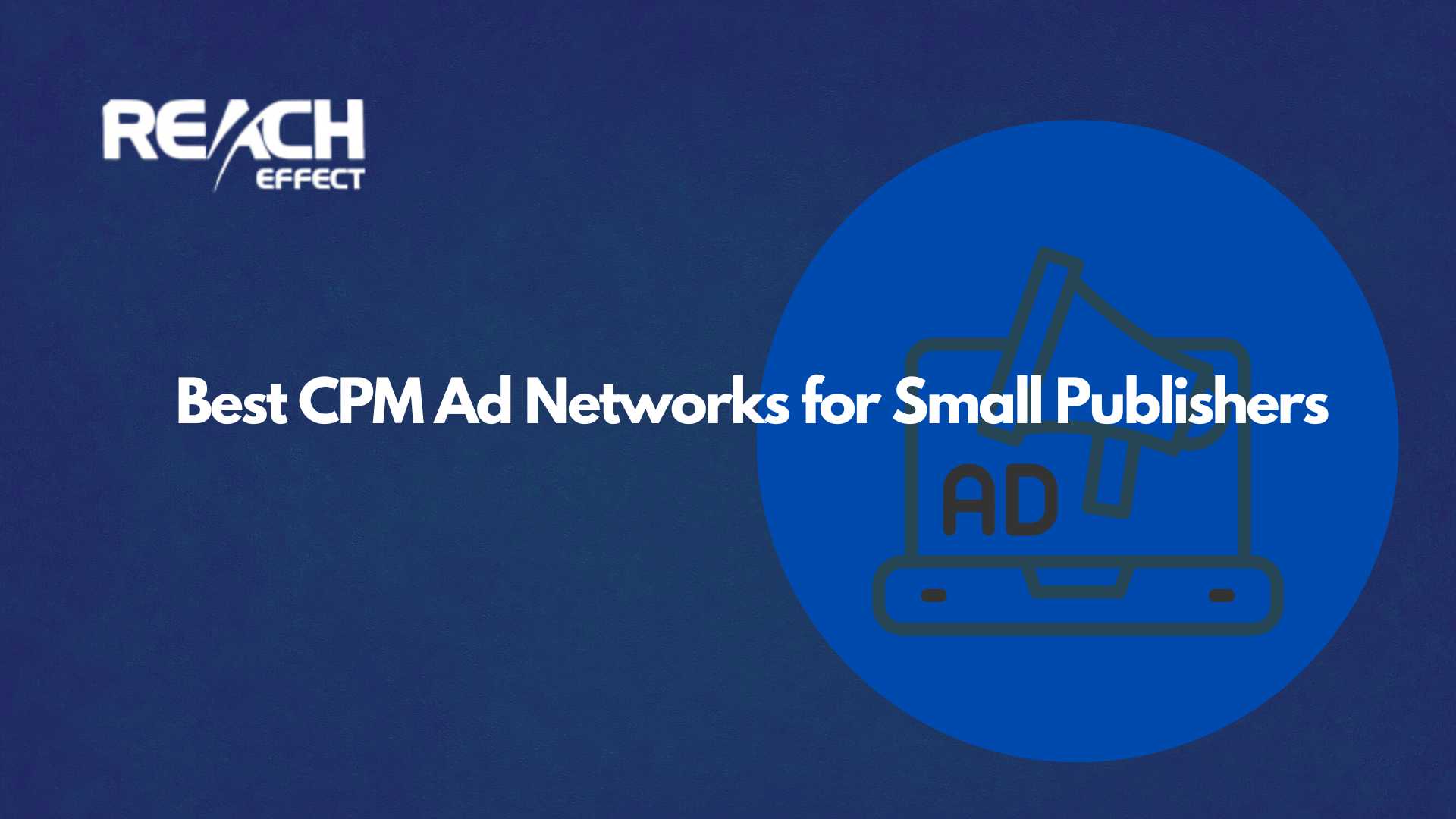If you’re wondering what CPA vs RevShare means and how to choose between them, you’re in the right place. In this article we will explain these models in simple terms, look at their benefits and drawbacks, and guide you toward the right choice for your campaign.
Thank you for reading this post, don't forget to subscribe!Understanding CPA and RevShare
Before we dive into the details, let’s define these two terms. CPA and RevShare are ways to pay affiliates for their work in bringing traffic or sales to your business. Each has its own approach, and knowing what they mean is the first step to picking the right one.
What is CPA?
CPA stands for Cost Per Action. In this model, you pay affiliates a set amount every time a specific action happens. That action could be a sale, a sign-up, or even a form submission. For example, if you run an online store and want more purchases, you might pay an affiliate $15 for every sale they drive. It’s simple and focused on results.
What is RevShare?
RevShare, short for Revenue Share, works differently. Here, affiliates earn a percentage of the revenue that comes from the customers they refer. This could be from a single purchase or ongoing payments, like a subscription. Imagine you offer a monthly service for $40, and you give affiliates 25% of that fee for every month the customer stays. It’s about sharing the profits over time.
Both CPA and RevShare have their place in affiliate marketing. To figure out which one fits your needs, let’s explore what makes each one shine and where they might fall short.
Breaking Down CPA: The Good and the Not-So-Good
CPA is a favorite for many businesses because it’s easy to understand and control. But like anything, it has its ups and downs. Here’s a closer look.
Benefits of CPA
- Fixed Costs You Can Plan For: With CPA, you know exactly what you’re paying per action. If you set a $10 payout per sign-up and get 50 sign-ups, your cost is $500. No surprises, just straightforward math.
- Pay Only for Results: You don’t spend a dime unless the affiliate delivers the action you want. This keeps your budget safe if the campaign doesn’t take off.
- Perfect for Quick Wins: Need 200 downloads for your new app by next week? CPA is built for short-term goals like that, letting you focus on a single outcome.
Drawbacks of CPA
- Risk of Low-Quality Leads: Some affiliates might push hard to hit the action target, bringing in people who don’t stick around. Think one-time buyers who never return.
- No Long-Term Motivation: Once the affiliate gets paid for the action, they might not care if the customer keeps engaging with your business. This can hurt if you rely on repeat business.
- Could Cost More Upfront: If the action is something big, like a high-value sale, the CPA payout might be steep compared to sharing revenue over time.
Breaking Down RevShare: The Good and the Not-So-Good
RevShare takes a different approach, tying affiliate rewards to the revenue customers generate. It’s a long-game strategy with its own set of perks and challenges.
Benefits of RevShare
- Focus on Quality Customers: Affiliates earn more when customers keep spending, so they’re motivated to find people who’ll stay loyal. This is gold for businesses with recurring revenue.
- Lower Costs at the Start: Instead of a big upfront payout, you share a smaller percentage over time. For a $100 sale with 10% RevShare, you pay $10 now and more only if the customer keeps buying.
- Shared Success: When your business does well, affiliates do well too. It’s a partnership where everyone wins if the customer’s value grows.
Drawbacks of RevShare
- Harder to Predict Costs: Revenue varies, so your payouts do too. One customer might bring $50, another $500, making it tough to budget precisely.
- More Risk Involved: If a customer doesn’t spend much, you might overpay compared to a flat CPA fee. But if they spend a lot, you could end up paying more over time.
- Slower Returns: RevShare rewards build as customers keep paying, so it’s not ideal if you need fast results from your campaign.
When Should You Choose CPA vs RevShare?
The CPA vs RevShare debate comes down to what your business needs. Your goals, product type, and how much risk you’re comfortable with all play a role. Let’s break it down with some examples.
When CPA Makes Sense
- You Need a Specific Result Fast: If your campaign is about getting 300 newsletter sign-ups this month, CPA keeps it simple. Pay per sign-up and hit your target.
- Budget Control is Key: Knowing your exact spend ahead of time helps when money’s tight or you’re testing a new idea.
- One-Time Actions Matter Most: Selling a single-purchase item like a book or gadget? CPA fits perfectly since repeat business isn’t the focus.
When RevShare Makes Sense
- You Offer Subscriptions or Repeat Purchases: For things like streaming services or monthly boxes, RevShare rewards affiliates for customers who stick around.
- Long-Term Value Drives Your Business: If a customer’s lifetime worth is high, sharing revenue can save money compared to big CPA payouts.
- You Want Strong Affiliate Relationships: RevShare builds trust with affiliates, encouraging them to send their best traffic your way.
Examples to Bring It to Life
Let’s see CPA vs RevShare in action with two scenarios.
Scenario 1: Selling a Fitness Course
Suppose you sell a one-time fitness course for $99. With CPA, you might pay affiliates $20 per sale. An affiliate brings 10 sales, costing you $200. It’s predictable and works well since customers aren’t likely to buy again soon.
Scenario 2: Running a Meal Kit Subscription
Now imagine a meal kit service at $60 per month. With RevShare, you offer 15%, so affiliates earn $9 per month per customer. If a customer stays for six months, that’s $54 total. It rewards affiliates for finding subscribers who love your kits long-term.
How to Figure Out Costs
Knowing what you’ll pay is crucial. Here’s how to calculate CPA vs RevShare costs.
CPA Cost Example
You pay $25 per sale. An affiliate drives 40 sales:
- 40 sales × $25 = $1000
Your cost is $1000, no matter what happens next.
RevShare Cost Example
You offer 20% on a $50 monthly subscription. A customer stays for 3 months:
- Month 1: 20% × $50 = $10
- Month 2: 20% × $50 = $10
- Month 3: 20% × $50 = $10
- Total: $30
If they stay longer, costs grow, but so does your revenue.
Mixing CPA and RevShare
Can you use both? Absolutely. Some businesses blend CPA and RevShare for the best of both worlds. You might pay $10 for a first sale (CPA) and 5% of future revenue (RevShare). It motivates affiliates to start strong and keep customers engaged. Tracking this can get tricky thoug!
Final Thoughts
Choosing between CPA vs RevShare doesn’t have to feel overwhelming. CPA is your go-to for quick, predictable results, while RevShare shines for building lasting customer value. Think about your product, your goals, and how much risk you’re okay with. And don’t forget tools like Reacheffect to keep your campaign on track. Whatever you pick, the right model can turn your affiliate marketing into a powerhouse for growth. Happy campaigning!


